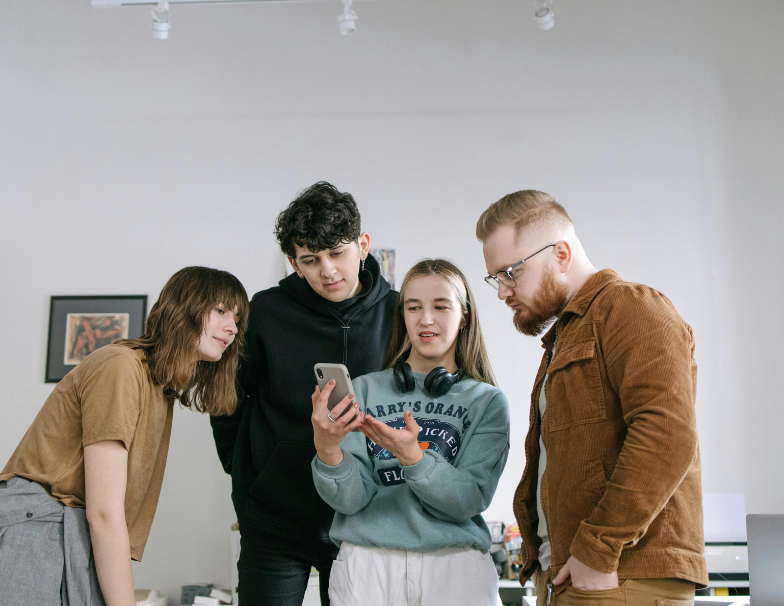29 High-Impact Team Building Activities Off Site for 2025
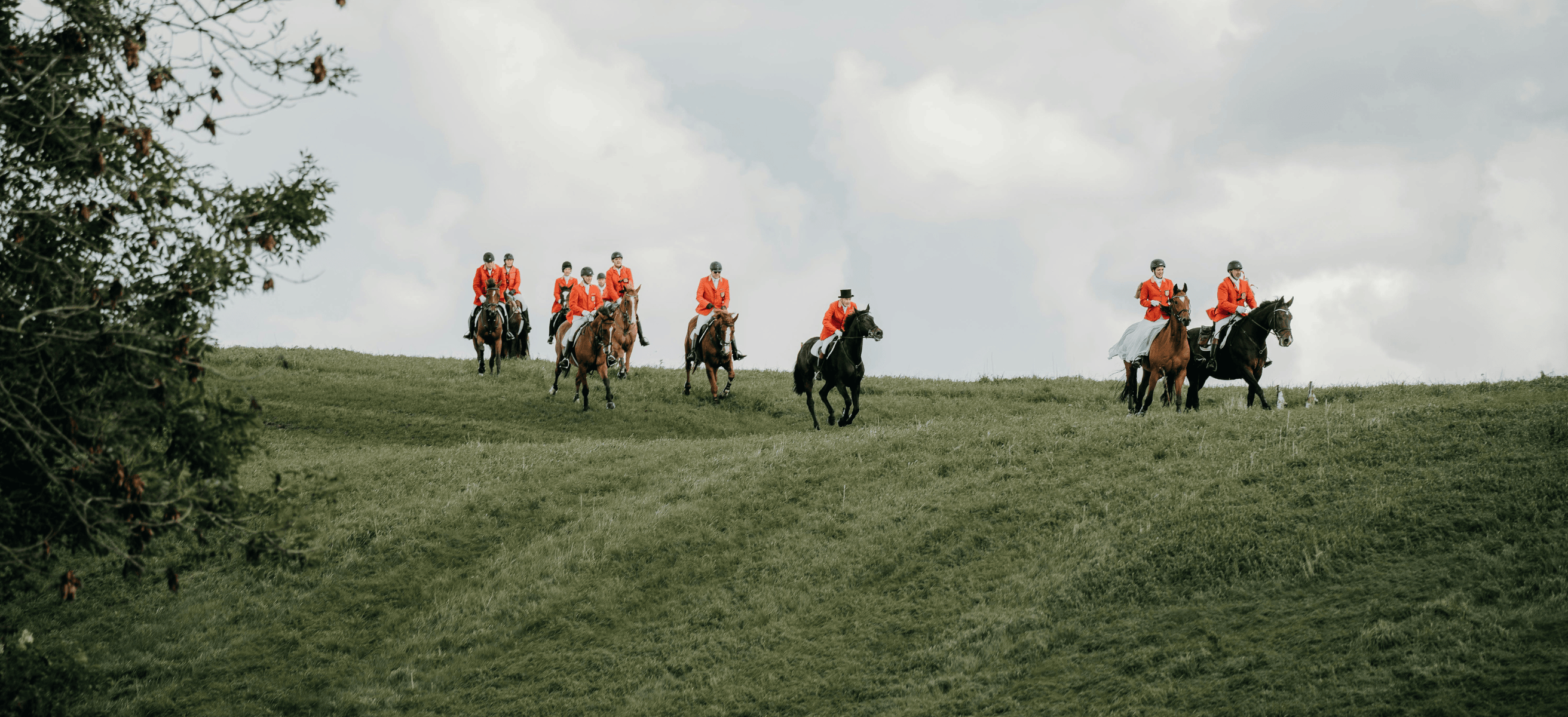
Looking for effective team building activities off site? Offsite events can significantly boost team morale, enhance communication, and strengthen bonds among team members. In this article, we’ll explore a variety of activities that are perfect for taking your team out of the office and into an environment where they can grow and collaborate more effectively.
Key Takeaways
- Careful planning and clear goals are essential for successful offsite team-building events, including budgeting and venue selection.
- A variety of engaging activities, ranging from outdoor adventures to creative problem-solving exercises, enhance communication, cooperation, and team bonding.
- Incorporating fun and interactive workshops, icebreakers, and quick team-building activities can significantly boost morale and foster a supportive workplace culture.
Planning Your Offsite Team Building Event
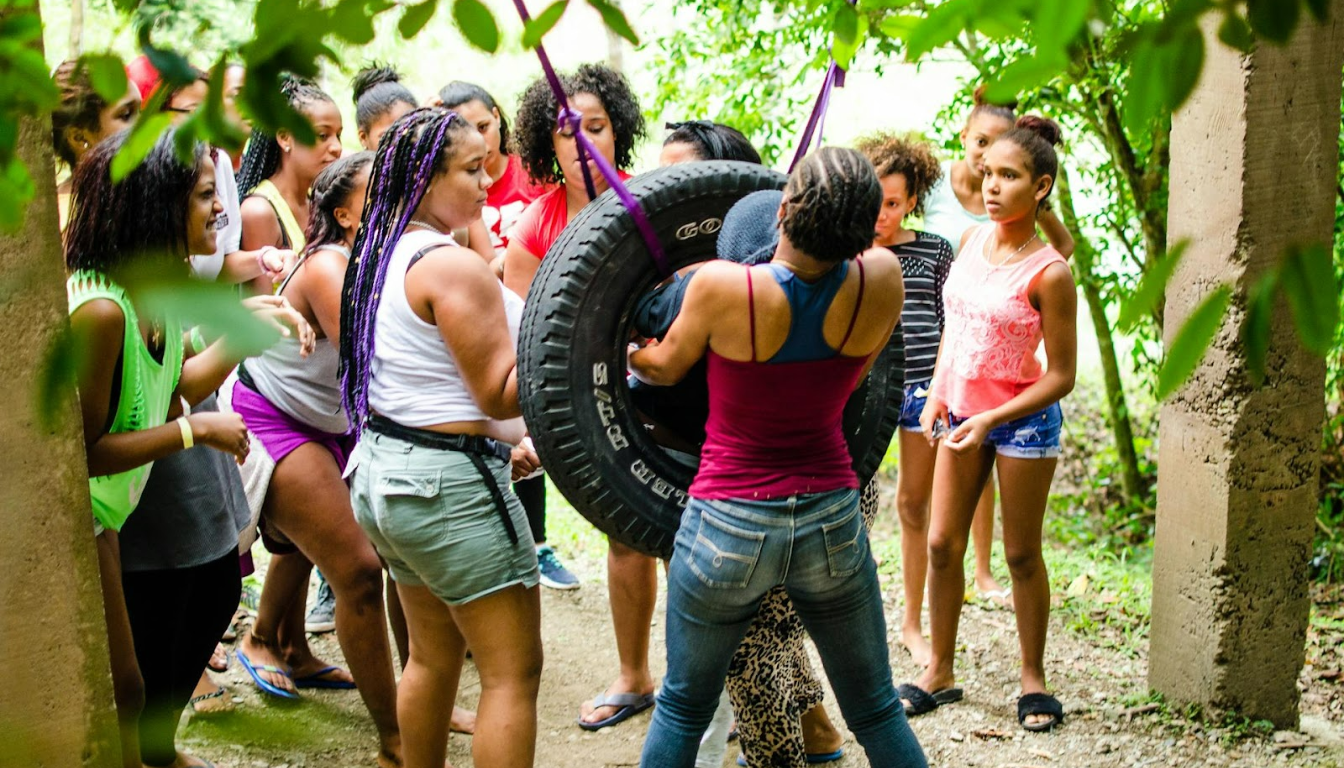
Carefully planning an offsite team-building event ensures its success. Start by defining the event’s goals—be it enhancing communication, fostering team bonding, or tackling specific projects. Clear objectives allow you to tailor activities that meet your goals effectively.
Budgeting is crucial, covering travel logistics, accommodation, and activity costs. Coordinating transportation and lodging for large groups can be particularly challenging. Innovative options like glamping, with semi-permanent structures such as yurts or cabins, offer luxurious yet practical retreat experiences.
Breakout groups can discuss upcoming projects, challenges, and innovative solutions, making the retreat both productive and engaging. Keeping these planning tips in mind helps create an event that boosts team morale and fosters a culture of collaboration and innovation.
Estimating Costs with Offsite
Estimating costs is an initial step in planning an offsite team-building event. Offsite provides clear estimates based on preferences, simplifying the planning process. This transparency helps manage your budget effectively, ensuring all aspects are covered without surprises.
With estimated budgets for team-building events reaching up to $200,000, having a detailed financial plan is crucial to avoid overspending and to allocate resources efficiently.
Booking Venues and Vendors
Choosing the right venues and vendors is crucial for a successful team-building event. A company offsite streamlines this by allowing booking requests and providing detailed proposals in person within 48 hours, facilitating quick and informed decisions about offsite ideas and offsite meeting options.
After identifying preferred venues and vendors, secure them promptly to ensure all logistical aspects align with your event goals.
Expert Guidance and Support
Expert guidance significantly impacts the planning and execution of your team-building event. Offsite offers valuable insights and support at no extra cost, ensuring effective planning9 and objective alignment.
Such professional support encourages seamless collaboration, enhancing teamwork and fostering innovative solutions to challenges during the event.
Outdoor Adventure Activities
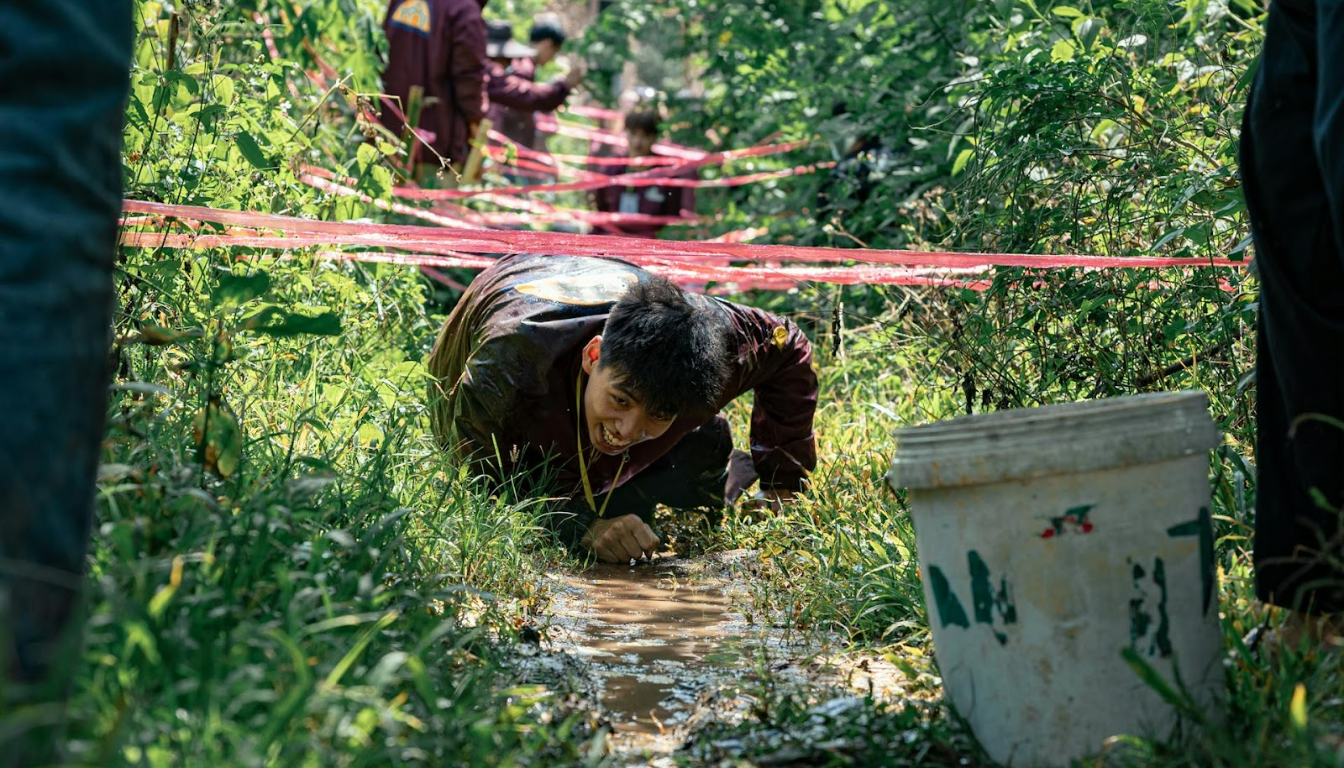
Outdoor adventure activities promote physical wellness, build connections, and improve teamwork among members. They provide a break from the office environment, creating memorable experiences that boost morale and engagement. Options like hiking, kayaking, and beach volleyball cater to different interests and fitness levels. These activities help teams develop problem-solving skills, enhance communication, and foster deeper bonds.
Navigating a ropes course, paddling down a river, or competing in a volleyball match, outdoor adventures challenge participants physically and mentally. They require teamwork, coordination, and strategic thinking, making them effective team-building exercises. These activities also offer the chance to step out of comfort zones and experience the thrill of overcoming challenges together.
Ropes Course Adventure
A ropes course adventure challenges participants physically and mentally, reinforcing trust and teamwork. Each obstacle demands a mix of physical effort and mental strategy, promoting collaboration and problem-solving skills.
A debriefing session after the course lets teams reflect on their experiences, reinforcing lessons in trust and communication.
Kayaking or Canoeing Trip
A kayaking or canoeing trip promotes teamwork through synchronized paddling. Teams navigate a predetermined route, coordinating efforts to paddle efficiently and reach checkpoints. Essential equipment includes:
- kayaks or canoes
- paddles
- safety vests
- a route map.
The trip usually lasts half a day or a full day, with small groups of 2-4 people per kayak or canoe. Checkpoints and mini-challenges along the route foster bonding and collaboration, culminating in a group discussion about the experience and teamwork insights.
Beach Volleyball Tournament
A beach volleyball tournament engages teams of 4-6 players in friendly competition. Played on a beach or sand court, the tournament usually lasts 2-3 hours and requires a volleyball and net.
The goal is to foster camaraderie and a competitive spirit among team members, promoting teamwork and enhancing morale as each team member contributes to the team’s success.
Creative Problem-Solving Activities

Creative problem-solving activities foster collaboration and innovative thinking. These activities challenge teams to think outside the box, develop strategic solutions, and improve communication skills. Building structures with marshmallows or negotiating puzzle pieces promotes teamwork and creativity in a fun way. Engaging in these activities boosts team morale and productivity, creating a dynamic and collaborative work environment.
Participating in creative problem-solving activities enhances critical thinking and strategic planning skills. These exercises encourage sharing unique perspectives, leading to innovative solutions and a deeper understanding of each other’s strengths. Constructing a tower with limited materials or mapping out diverse viewpoints provides valuable opportunities for teams to develop new skills and foster continuous improvement.
The Marshmallow Challenge
The Marshmallow Challenge promotes innovation and teamwork. Participants work in groups of four, using materials like:
- spaghetti
- tape
- string
- a marshmallow
They aim to build the tallest structure possible within 20-30 minutes.
This activity encourages creative thinking and collaboration, making it suitable for a wide range of participants, from 6 to 100 individuals.
Egg Drop
The Egg Drop activity promotes communication, collaboration, and strategic thinking. Teams of 5-8 participants:
- Create a structure that protects an egg from breaking when dropped from a height.
- Use materials like straws, duct tape, newspaper, and random objects.
- Have 10-20 minutes to complete their designs.
This activity encourages creativity and teamwork through gentle competition, enhancing team dynamics.
Spectrum Mapping
Spectrum Mapping promotes creative problem-solving and values diverse perspectives. Participants visually share their ideas, facilitating a deeper understanding of different viewpoints within the team. This activity allows team members to explore various ideas, enhancing mutual understanding and fostering a collaborative environment.
Spectrum Mapping is particularly useful for encouraging creativity and innovative solutions.
Collaborative Games for Team Bonding
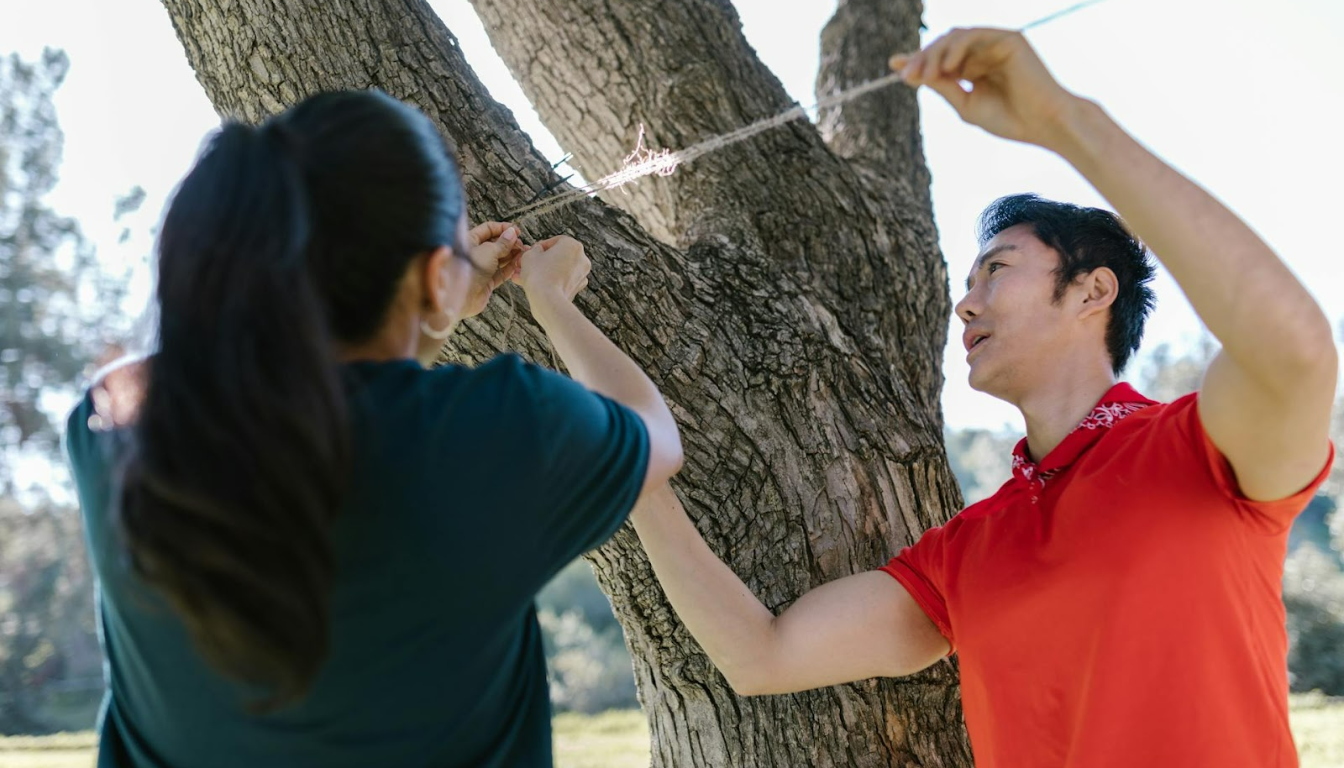
Collaborative games enhance team bonding and create camaraderie among participants. They:
- Encourage friendly competition and promote teamwork, making them ideal for building strong relationships within the team.
- Include activities like scavenger hunts and escape room challenges that provide opportunities for team members to work together, solve puzzles, and achieve success.
- Help build strong relationships, improve morale, and develop essential skills for success.
These activities foster a sense of community and encourage team members to support each other. Navigating a scavenger hunt or solving clues in an escape room promotes strategic thinking, problem-solving, and effective communication. Working together to overcome challenges helps develop a cohesive team dynamic and enhance overall team performance.
Scavenger Hunt
A scavenger hunt is a classic team-building activity that promotes teamwork, camaraderie, and strategic thinking. Key aspects include:
- Teams of 4-5 people explore a designated area
- Solving clues and completing tasks to win the game
- The activity usually lasts 1-2 hours
- Requires tools like mobile phones, pens, and paper
Scavenger hunts encourage problem-solving, effective communication, and strategic planning, making them an effective team-building exercise.
Escape Room Challenge
The Escape Room Challenge involves solving puzzles and clues within a timed environment, enhancing problem-solving skills, teamwork, and camaraderie as participants work together to escape rooms before time runs out. Ideal for groups of 6-12 people.
Participating in an escape room fosters collaboration, builds strong relationships, and boosts morale, making it one of the best team-building activities available.
Mafia
Mafia is a strategic game that:
- Improves team bonding, mutual understanding, and trust
- Is played with a deck of cards
- Usually takes 40-60 minutes
- Is suitable for small groups
The objective is to identify the ‘mafia’ members through discussion and deduction.
This activity encourages communication, critical thinking, and collaboration, making it excellent for building team cohesion and enhancing dynamics.
Communication and Trust-Building Exercises
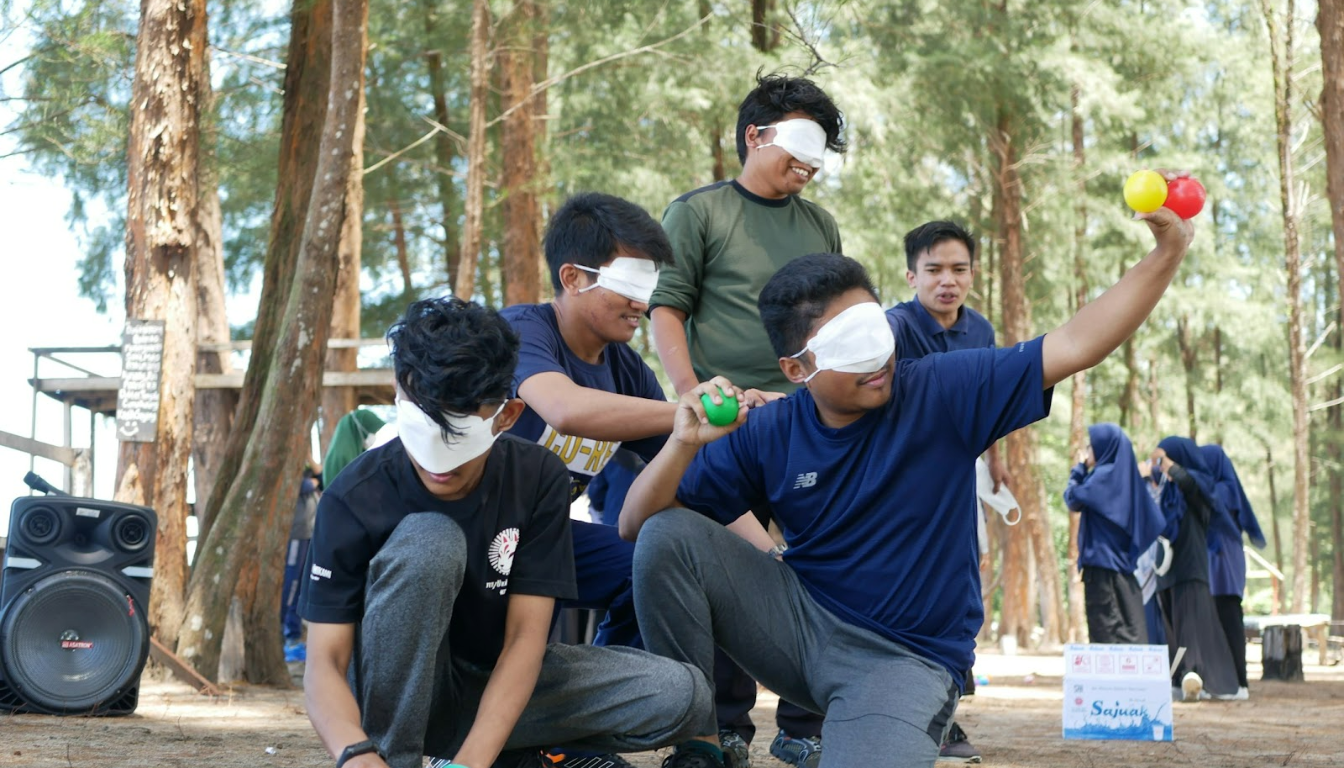
Effective communication and trust are the cornerstones of any successful team. Engaging in communication and trust-building exercises helps team members improve their interpersonal skills, build mutual understanding, and foster a collaborative work environment. Activities like guiding blindfolded colleagues or building shelters in a simulated Arctic environment challenge teams to communicate effectively and rely on each other.
These exercises promote trust, communication, problem-solving, and leadership skills. Participating in activities requiring clear communication and coordination helps teams develop stronger bonds and improve overall performance. Navigating a ropes course or reflecting on team dynamics through personality assessments offers valuable growth opportunities.
Blindfold Challenge
The Blindfold Challenge promotes trust, communication, and collaboration. Key aspects of the challenge include:
- Teams guide blindfolded members to collect objects using descriptive cues.
- It enhances active communication and teamwork.
- The challenge can accommodate 5 to 20 participants.
- It usually lasts 30-45 minutes.
Key learnings include communication skills, planning, and attention to detail, making it an effective team-building exercise that highlights diverse skills and teamwork skills.
Frostbite
The Frostbite activity involves role-playing as explorers lost in the Arctic Ocean needing to build a shelter. This activity tests leadership, communication, and trust as teams construct a viable shelter. Suitable for small teams of 4-6 participants, Frostbite usually lasts 45 minutes and requires materials like sticky notes, toothpicks, and cardboard boxes.
This exercise teaches supervisory abilities, instruction-taking skills, and time management, making it excellent for trust-building.
Human Knot
The Human Knot activity is designed to promote problem-solving, time management, communication, and cooperation skills. Teams work together to untangle themselves from a physical knot within a set time, requiring clear communication and coordination.
This activity fosters collaboration and helps team members develop trust and mutual understanding, making it an effective team-building exercise.
Cooking and DIY Workshops
Cooking and DIY workshops offer a hands-on approach to fostering creativity and teamwork. These engaging activities allow team members to collaborate on shared projects, enhancing communication and team bonding. From cooking competitions to crafting sessions, these workshops provide a fun and interactive way to develop new skills and strengthen team dynamics through a cooking class.
By participating in cooking and DIY workshops, team members can share their strengths and learn from each other, creating a supportive and collaborative environment. These activities also provide an opportunity for team members to relax and enjoy a creative outlet, promoting overall well-being and job satisfaction.
Collaborative Team Cook-Off
A collaborative team cook-off is a key activity for team bonding that involves food preparation. Key aspects include:
- Participants are organized into small teams of 2-4 people.
- Teams compete to create a dish from mystery ingredients.
- The main objectives are to foster teamwork, creativity, and time management.
Necessary tools include:
- Kitchen space
- Cooking ingredients
- Utensils
- Recipe ideas
The activity typically lasts 1-2 hours. This fun activity encourages healthy competition and enhances teamwork.
DIY Workshop
The DIY Workshop promotes learning, creativity, and team bonding through shared hands-on experiences. Participants choose a craft, receive a tutorial, and work on their projects to share at the end. Materials such as paint, canvas, clay, and protective clothing are provided.
The workshop typically lasts 2-3 hours, allowing participants to create tangible items that remind them of the day and enhance the communal experience. This activity is ideal for promoting creativity and collaboration.
Innovative Thinking Challenges
Innovative thinking challenges are designed to stimulate creativity, enhance problem-solving skills, and encourage collaboration among team members. These activities promote out-of-the-box thinking and provide valuable opportunities for teams to develop new skills and explore innovative solutions. From hackathons to storytelling challenges, these activities foster a culture of continuous improvement and creative problem-solving.
Engaging in innovative thinking challenges helps teams develop strategic thinking and negotiation skills. These activities also encourage team members to share their unique perspectives and collaborate on complex problems, leading to a deeper understanding of each other’s strengths and a more cohesive team dynamic.
Innovation Lab
The Innovation Lab activity stimulates creativity, enhances problem-solving skills, and encourages innovative thinking. Teams of 4-6 people collaborate over 2-4 hours, using tools such as crafting supplies, building blocks, and presentation tools to develop unique product ideas.
This activity promotes creative thinking and encourages creativity collaboration, making it an effective team-building exercise.
Shark Tank
The Shark Tank activity promotes:
- Leadership
- Innovative thinking
- Confidence
- Entrepreneurship among participants
Teams of 2-6 people pitch business ideas to secure investment, effectively communicating under pressure to attract funding.
This activity, which typically lasts 90 minutes, encourages strategic thinking and collaboration, making it an excellent choice for fostering innovative solutions and valuable insights.
Make Your Own Movie
The ‘Make Your Own Movie’ activity allows teams to creatively express stories while strengthening their collaboration skills. Key aspects of this activity include:
- Teams work together to create a short film.
- It enhances creativity and teamwork through filmmaking.
- Requires a minimum of 8 participants.
- Typically takes 2-8 hours to complete.
Materials needed include a camera, tripods, and microphones. The activity promotes storytelling, creative problem-solving, and teamwork, making it an effective team-building exercise.
Icebreaker Activities for New Teams
Icebreaker activities are essential for new teams to build connections and feel comfortable with each other. These activities create an atmosphere where team members can share personal information, reducing stress and fostering a positive atmosphere. From sharing happy experiences to engaging in fun games, icebreakers enhance team cohesion and create a supportive environment.
Participating in icebreaker activities helps new team members establish trust and mutual understanding. Whether it’s playing a game of Two Truths and a Lie or sharing common interests, these activities promote interaction and build a foundation for strong team dynamics.
Two Truths and a Lie
The objective of the Two Truths and a Lie activity is to enhance team bonding by sharing personal facts and guessing which ones are true. This fun activity challenges judgments and encourages team members to share interesting information about themselves.
Suitable for any size group, but most effective with 8-10 participants, the activity typically takes about 5 minutes to complete and requires no tools.
Office Trivia
Office Trivia is a team-building activity that helps improve employee engagement by allowing team members to share knowledge about workplace-related facts. Ideal for groups of 5-20 people, this activity typically lasts 30-45 minutes and requires no special tools.
Example questions can include preferences such as the office’s favorite coffee brand or colleagues’ cereal choices. Office Trivia promotes team bonding and enhances team morale.
What Do We Have in Common?
The ‘What Do We Have in Common?’ activity promotes interaction among large groups by identifying common interests and fostering mutual understanding. Participants find 5-10 things they share in common, creating a sense of shared values and connection, ensuring everyone is on the same page.
This activity can be conducted virtually, making it accessible for remote teams and promoting team cohesion even in a dispersed work environment.
Large Group Activities for Enhanced Engagement
Large group activities are designed to enhance engagement and collaboration among a wide range of participants. These activities:
- Provide an opportunity for the entire group to work together, promoting teamwork and fostering a sense of community.
- Include examples such as team tournaments and group mural painting.
- Cater to diverse groups and create a dynamic and inclusive environment.
- Help teams develop strong relationships.
- Improve morale.
- Create a cohesive team dynamic.
By participating in these activities, team members and group members can share their strengths and collaborate on shared goals. Whether it’s competing in a tournament or creating a collective piece of art, large group activities provide valuable opportunities for teams to bond and enhance teamwork.
Team Tournaments
Team tournaments promote healthy competition and teamwork among participants. Featuring various sports activities such as relay races, tug-of-war, and soccer, these tournaments involve large groups divided into smaller teams of 4-5 participants each. The tournaments can last for half a day or a full day, with teams earning points based on their performance in events.
This activity encourages friendly competition, enhances team morale, and promotes collaboration.
Group Mural Painting
Group Mural Painting enhances creativity and collaboration, resulting in a lasting symbol of teamwork and shared values. Participants need:
- A large canvas or wall space
- Paint
- Brushes
- Protective clothing To engage in this activity.
Designed for groups of 6-10 people, the collaborative mural activity typically takes about 2-4 hours, with around 60 minutes specifically allocated for painting. This activity promotes creativity, teamwork, and a sense of accomplishment among team members.
World Café Conversations
World Café Conversations facilitate a mix of interactions and the sharing of diverse ideas. This activity requires multiple tables, chairs, and discussion topics to foster meaningful dialogues. Typically lasting 1-2 hours, World Café Conversations enhance team communication and cohesion as participants engage in diverse discussions.
This activity promotes mutual understanding and collaboration, making it an effective team-building exercise.
Five-Minute Team-Building Activities
Quick and fast team-building activities are a great way to promote teamwork, communication, and partnership among employees in a short amount of time. These activities can be done in a few minutes, making them ideal for energizing meetings or breaking up the workday. Effective quick team-building activities include One-Word Story, Paper Plane Contest, team building games, and Speed Networking. These activities help create strong team connections and positively affect workplace dynamics.
By engaging in these quick activities, team members can improve their communication skills, foster creativity, and build strong relationships. Whether it’s creating a collective story or competing in a paper plane contest, these activities provide a fun and engaging way to enhance teamwork and boost morale.
One-Word Story
The One-Word Story activity encourages creativity and collaboration by having team members contribute one word at a time to build a collective story. Participants take turns adding a single word, creating a fun and imaginative narrative.
This activity requires no materials, making it easily accessible for spontaneous engagement. Suitable for any size group, One-Word Story enhances team dynamics and fosters a collaborative environment.
Paper Plane Contest
The Paper Plane Contest is a fun activity that encourages creativity and healthy competition. Key details include:
- Participants create and launch their own paper airplanes.
- The contest lasts for 5 minutes.
- Each participant needs paper to create their planes.
- The winner is determined by the plane that flies the furthest.
This activity can accommodate any size smaller groups, allowing for flexibility in team participation.
Speed Networking
Speed networking facilitates structured interactions where team members connect for a short time, promoting effective communication across departments. Activities like ‘What Do We Have in Common?’ help participants discover shared interests, leading to deeper collaboration and understanding between teams.
Engaging icebreakers such as ‘Two Truths and a Lie’ encourage participants to reveal personal facts, fostering a comfortable atmosphere for networking.
Fun Activities to Break Workplace Monotony
Breaking the monotony of everyday work life is essential for maintaining high morale and engagement among employees. Fun activities that bring a refreshing change to the routine can significantly boost team spirit and productivity. These activities include:
- Office Olympics
- Karaoke Night
- Participating in sports like beach volleyball
- Engaging in problem-solving activities
These activities provide a fun and engaging way to foster team bonding and enhance workplace culture, boosting morale and camaraderie while fostering a sense of community within the team.
These enjoyable activities not only contribute to higher employee morale but also promote creativity and innovative thinking. By incorporating fun and engaging activities to engage employees in the workplace, companies can create a dynamic and supportive environment where employees feel valued and motivated to contribute their best.
Office Olympics
Office Olympics encourages camaraderie and friendly competition among team members. Participants compete in various fun and quirky challenges that mimic Olympic events, such as chair races, paper airplane contests, and ping-pong matches.
The activity usually lasts for about 2-3 hours and can be tailored to suit any group size by dividing participants into teams. This fun and engaging activity enhances teamwork, boosts morale, and promotes a healthy competitive spirit.
Karaoke Night
Karaoke Night is a team-building event that encourages team bonding through music and performance. Team members showcase their singing talents, cheer on performers, and create a supportive atmosphere. This activity typically requires a karaoke machine or app, a microphone, and speakers, and lasts for a few hours.
Karaoke Night can accommodate any size group and aims to break down barriers, foster a relaxed team environment, and create lasting memories. The average cost per person ranges from $15 to $200.
Board Game Tournament
Board Game Tournaments are a fun way to enhance teamwork and strategic thinking through competitive gameplay. Teams engage in friendly competition through various board games, promoting strategic thinking and teamwork.
The typical time commitment and structure for the tournament are:
- Each game lasts 20-30 minutes.
- The entire tournament lasts 2-4 hours, adhering to a time limit.
- It can accommodate 8-20 participants.
- Any size group can participate, divided into small teams or individuals.
- Prizes are awarded to the top performers.
This activity fosters healthy competition and enhances team morale.
Summary
Incorporating team-building activities in the workplace is a proven way to strengthen workplace relationships, boost morale, and enhance creativity and productivity. These exercises not only foster friendship and community but also lead to improved worker satisfaction and increased productivity. Creating spaces where team members see each other as more than job titles is one of the cornerstones of team bonding and trust.
Team-building activities that encourage individuals to contribute their unique strengths can help enhance unity and teamwork among employees. Activities like the Mystery Dinner encourage stepping out of comfort zones and foster a sense of teamwork. The Trust Battery activity enables better collaboration and closer cohesiveness among team members.
Engaging in team-building activities fosters enhanced collaboration and communication within teams, contributing to a thriving company culture and promoting bonding among employees.
FAQs
- Why are offsite team-building activities important for companies?
Offsite team-building activities provide a break from the workplace, allowing employees to connect in a more relaxed and engaging environment. They help boost morale, improve communication, strengthen collaboration, and foster stronger bonds among team members, ultimately enhancing productivity and workplace culture.
- How can I plan a successful offsite team-building event?
Start by defining clear goals for your event, such as improving communication or tackling a project. From there, focus on budgeting, venue selection, and activity planning. Offsite simplifies this process by offering cost estimates, venue booking, and expert support to ensure a smooth experience.
- What types of activities are best for offsite team building?
Activities can range from outdoor adventures like kayaking, ropes courses, and beach volleyball to creative problem-solving exercises such as the Marshmallow Challenge or Egg Drop. Collaborative games, workshops, and fun challenges like escape rooms or scavenger hunts are also highly effective in strengthening teamwork.
- How much should I budget for an offsite team-building event?
Budgets vary depending on group size, venue, travel, and activities. Some team-building events can cost up to $200,000, so having a clear financial plan is essential. Offsite helps companies manage costs by providing transparent estimates and proposals tailored to their needs.
You may also like
Unique spaces for your next offsite
Find distinctive venues for your upcoming corporate retreat.
Stay Updated with Our Insights
Get exclusive content and valuable updates directly to you.

